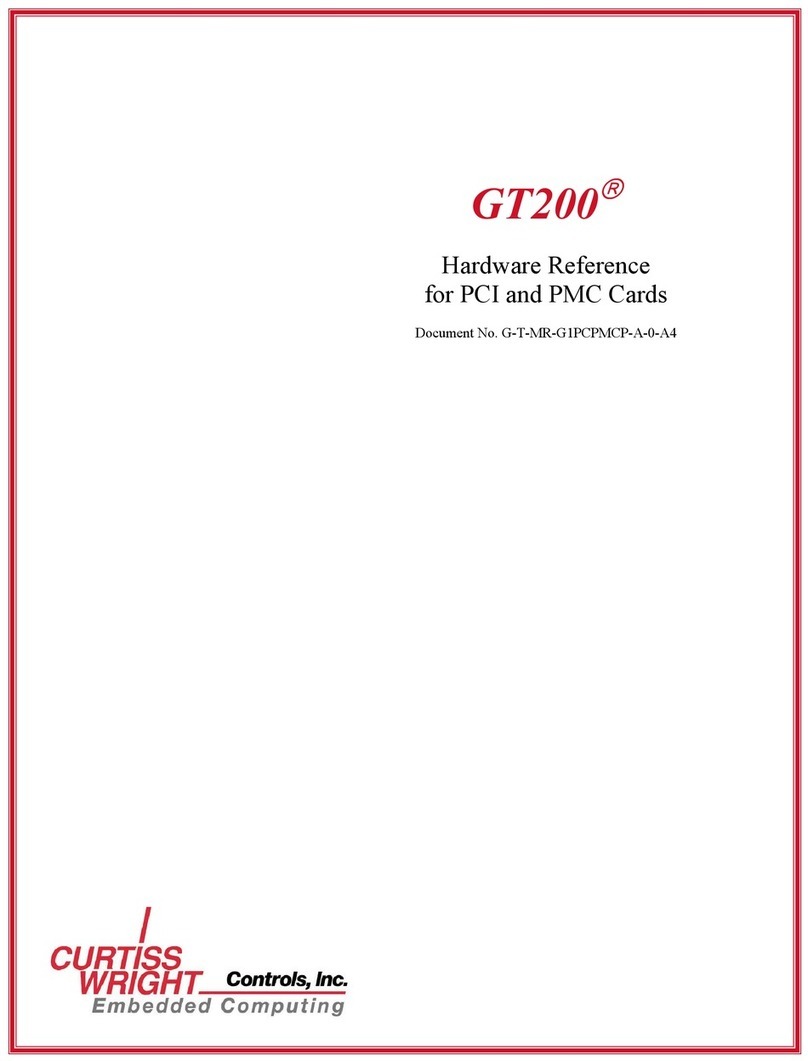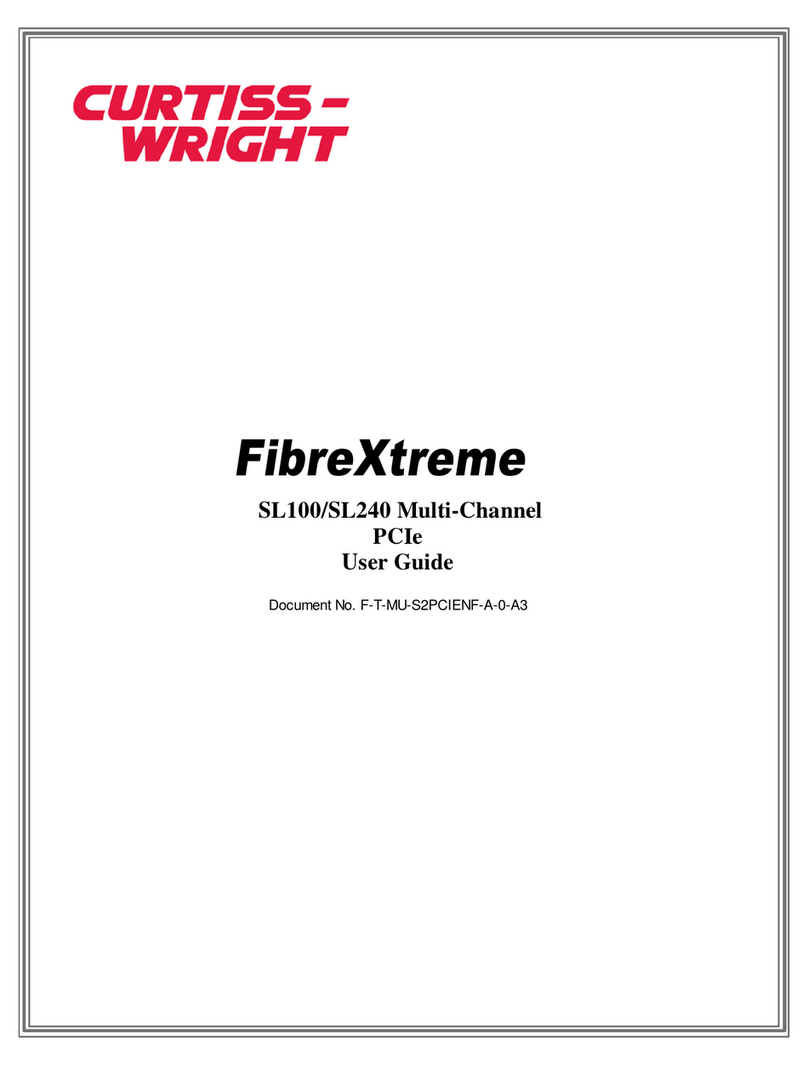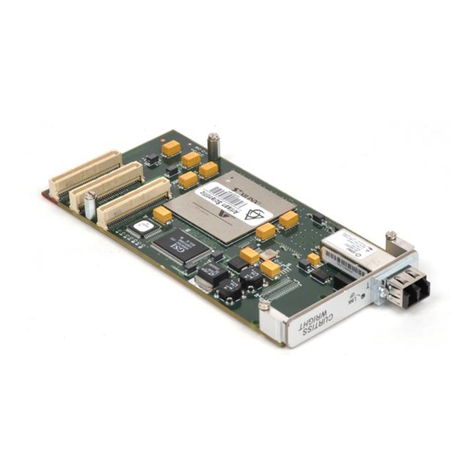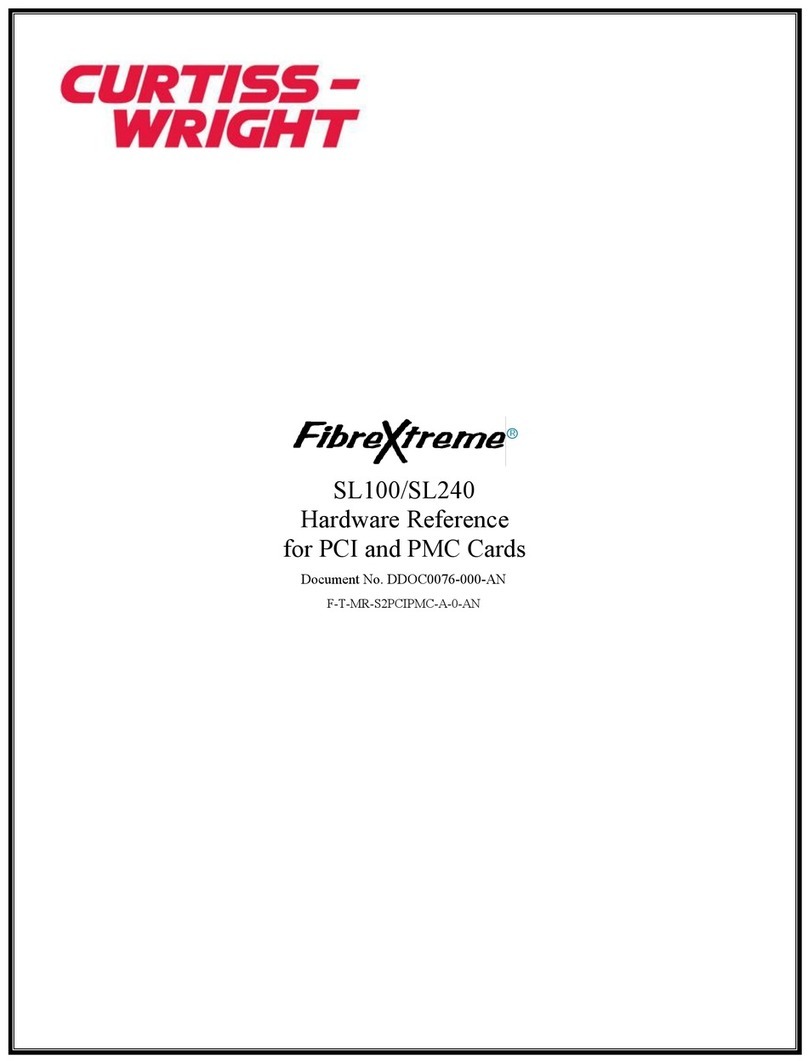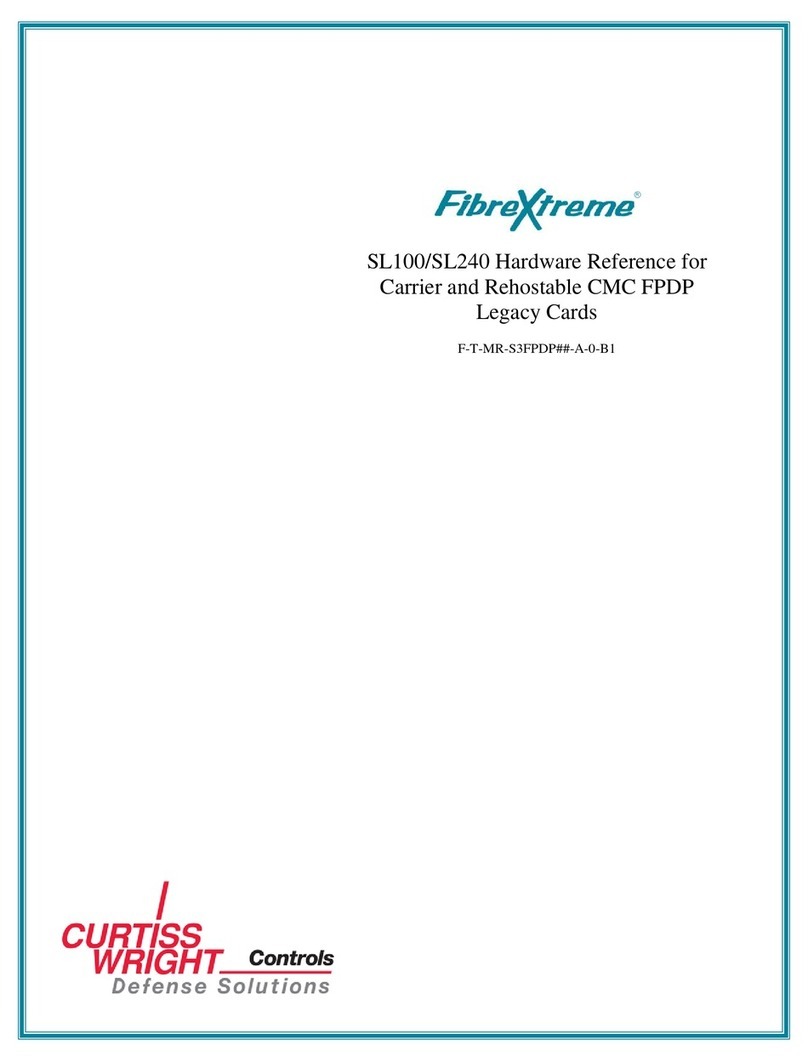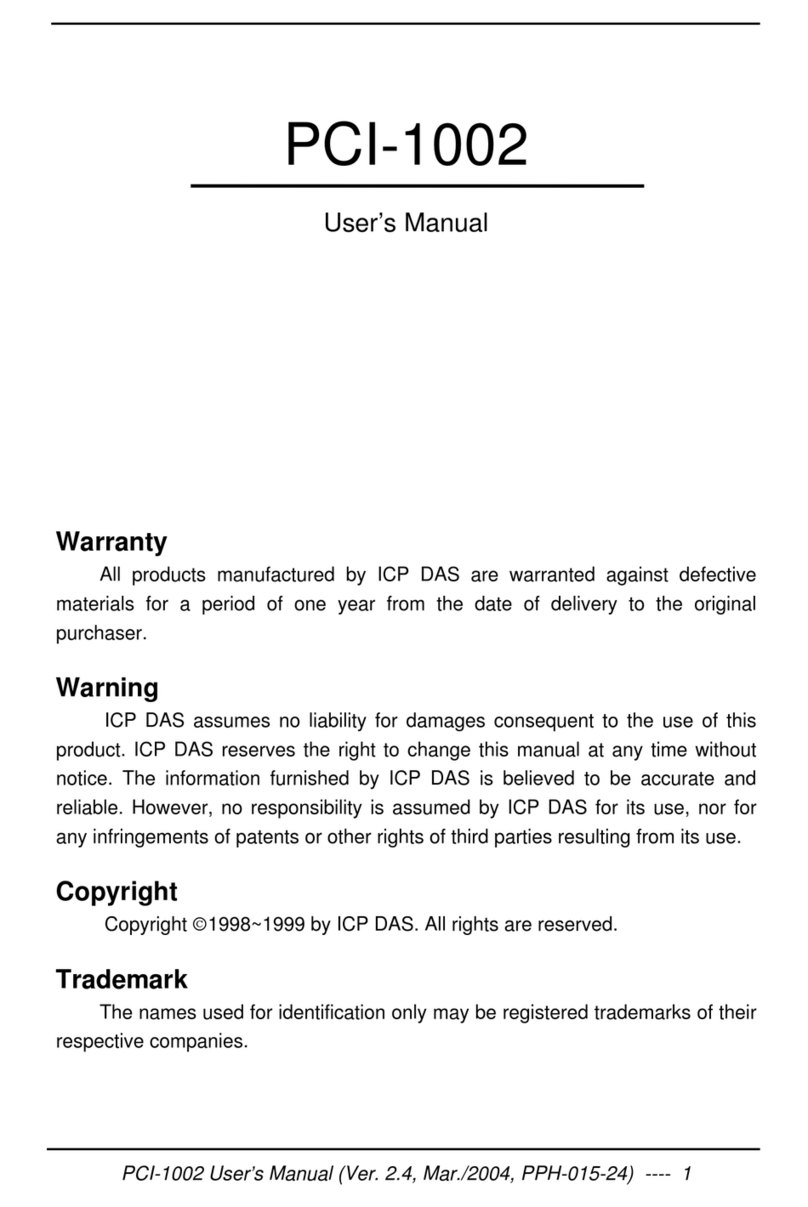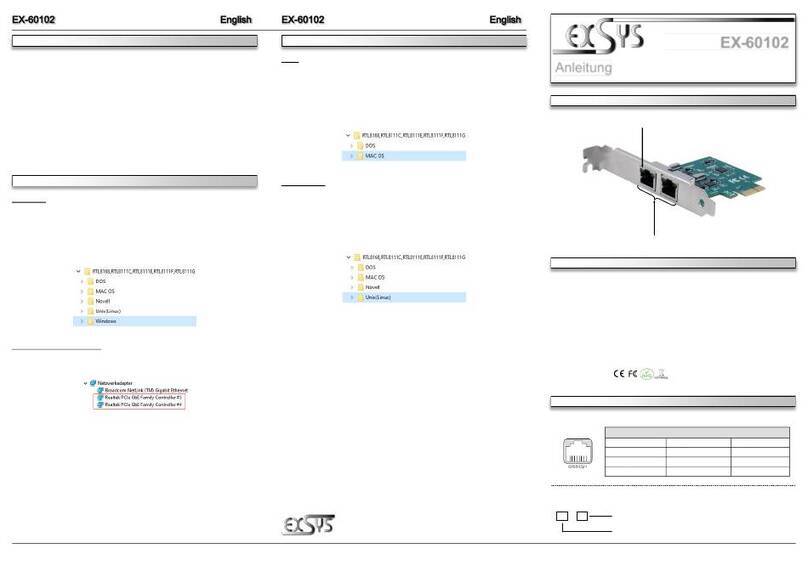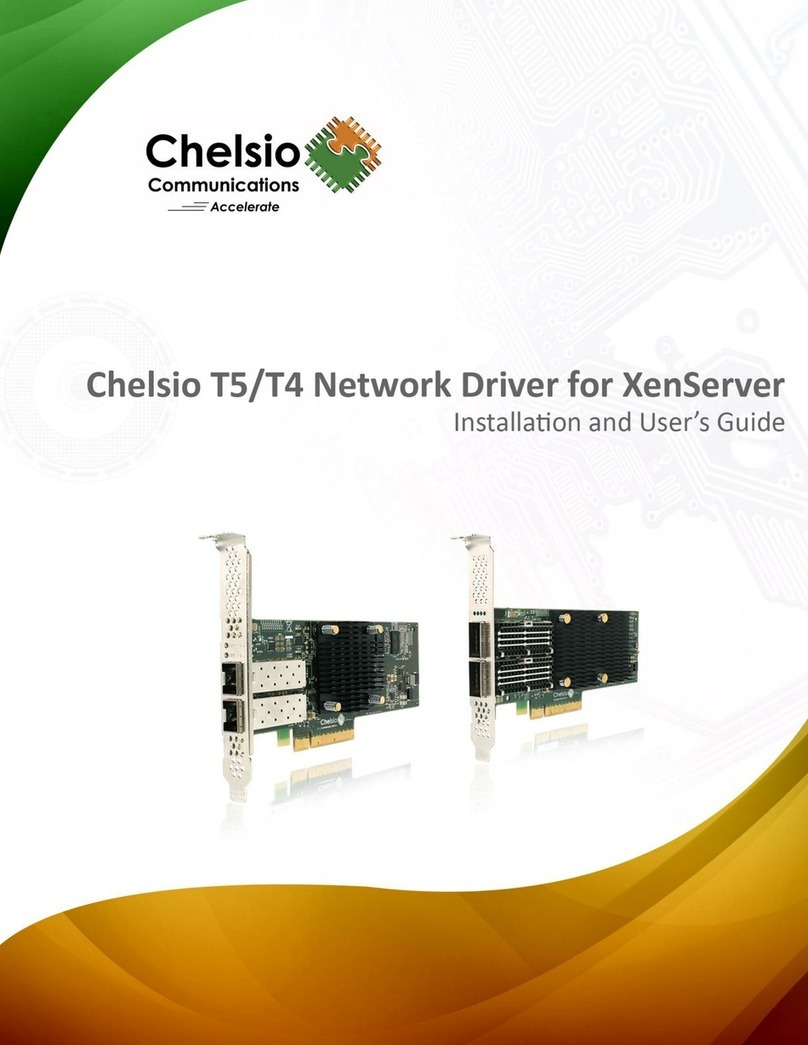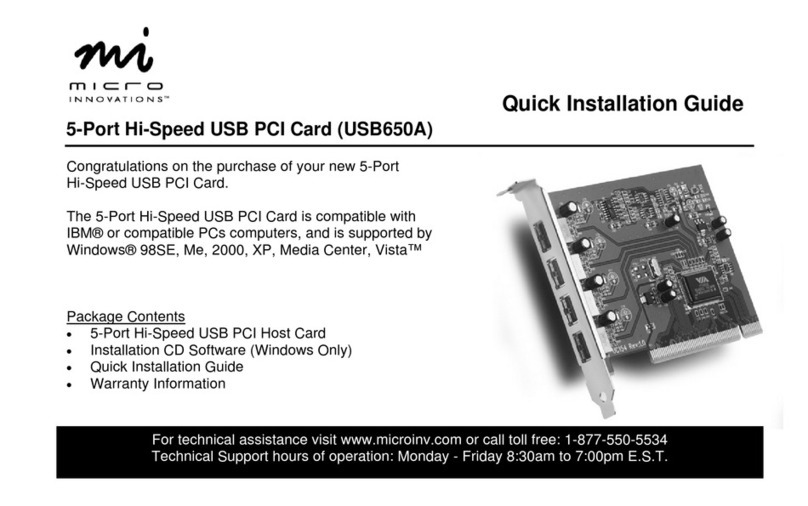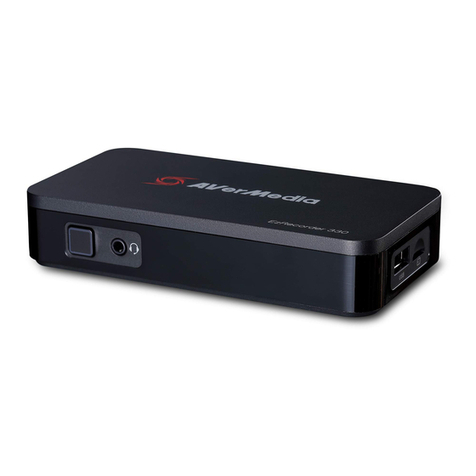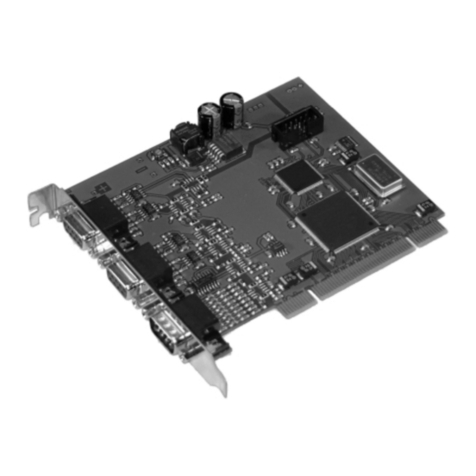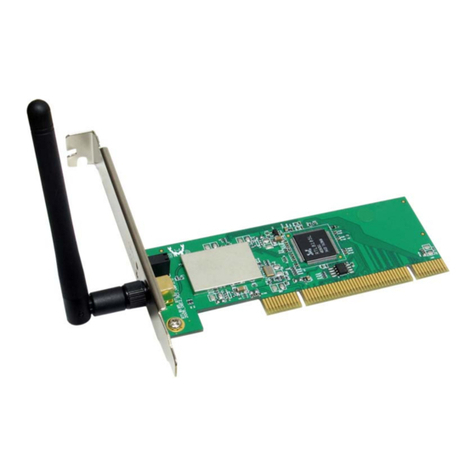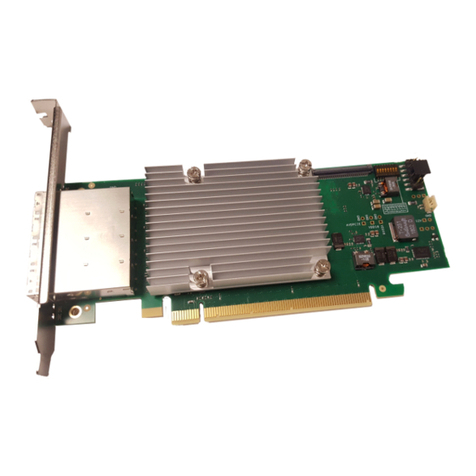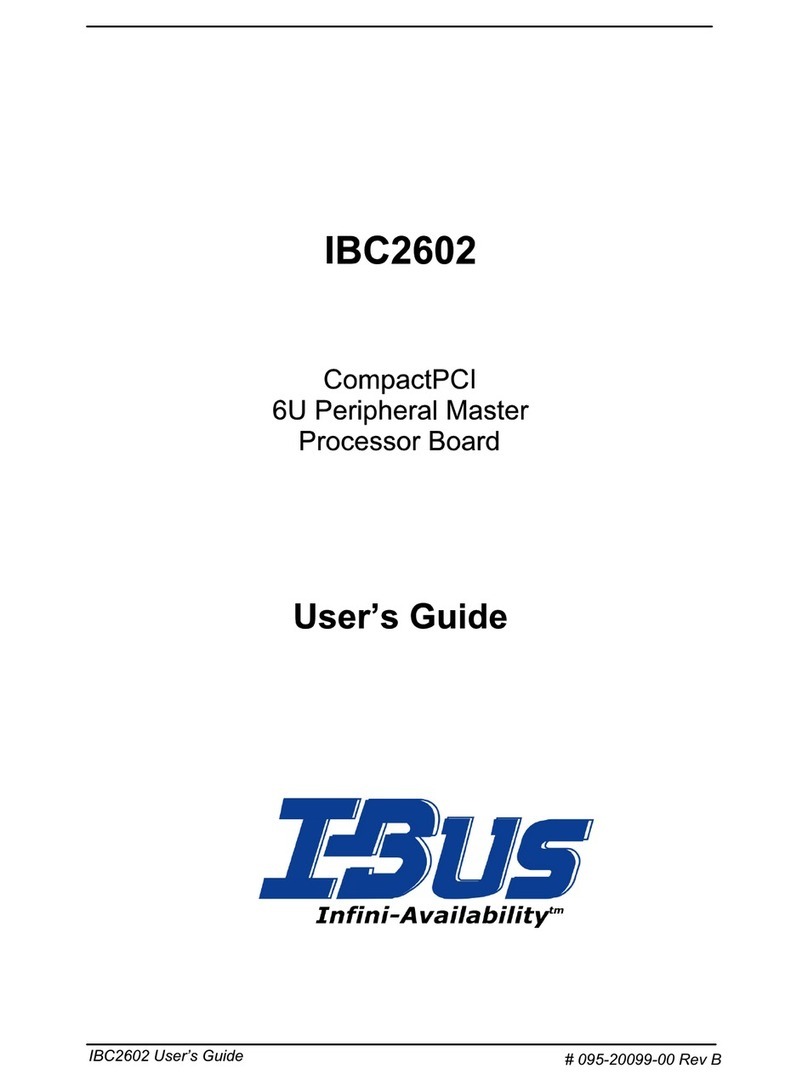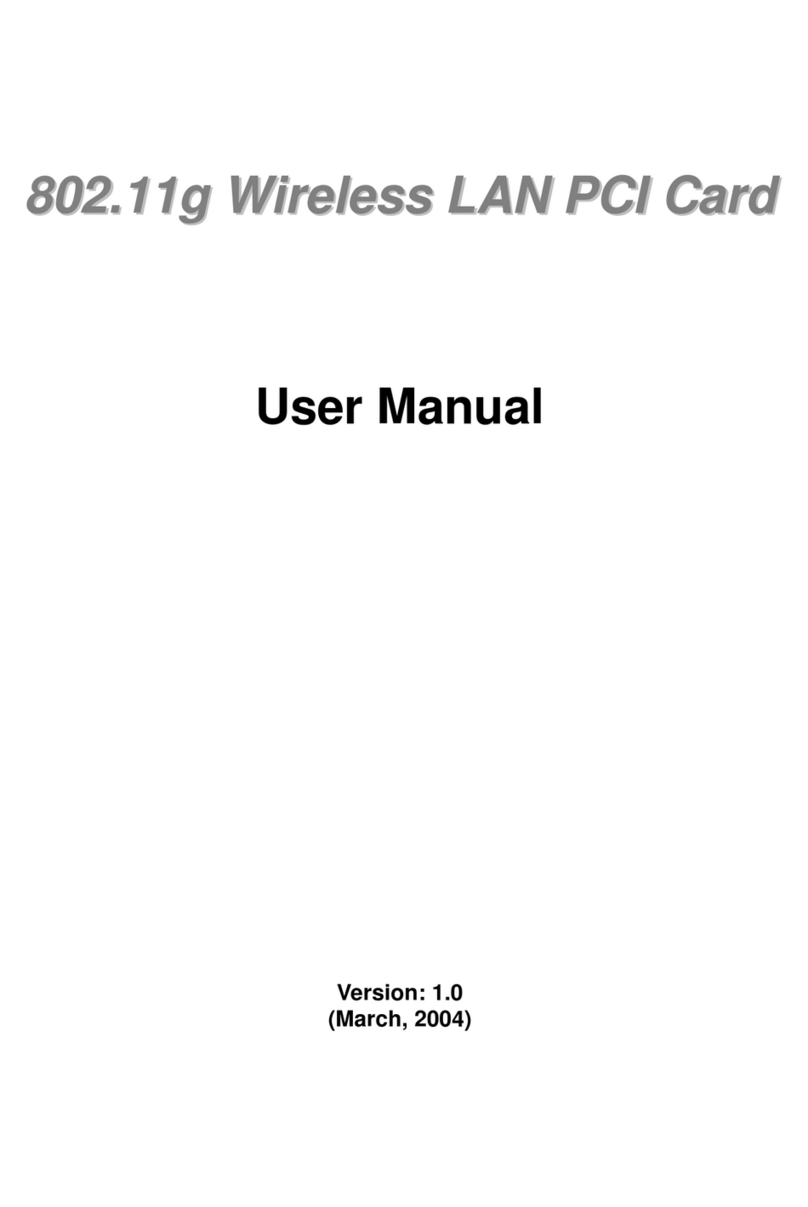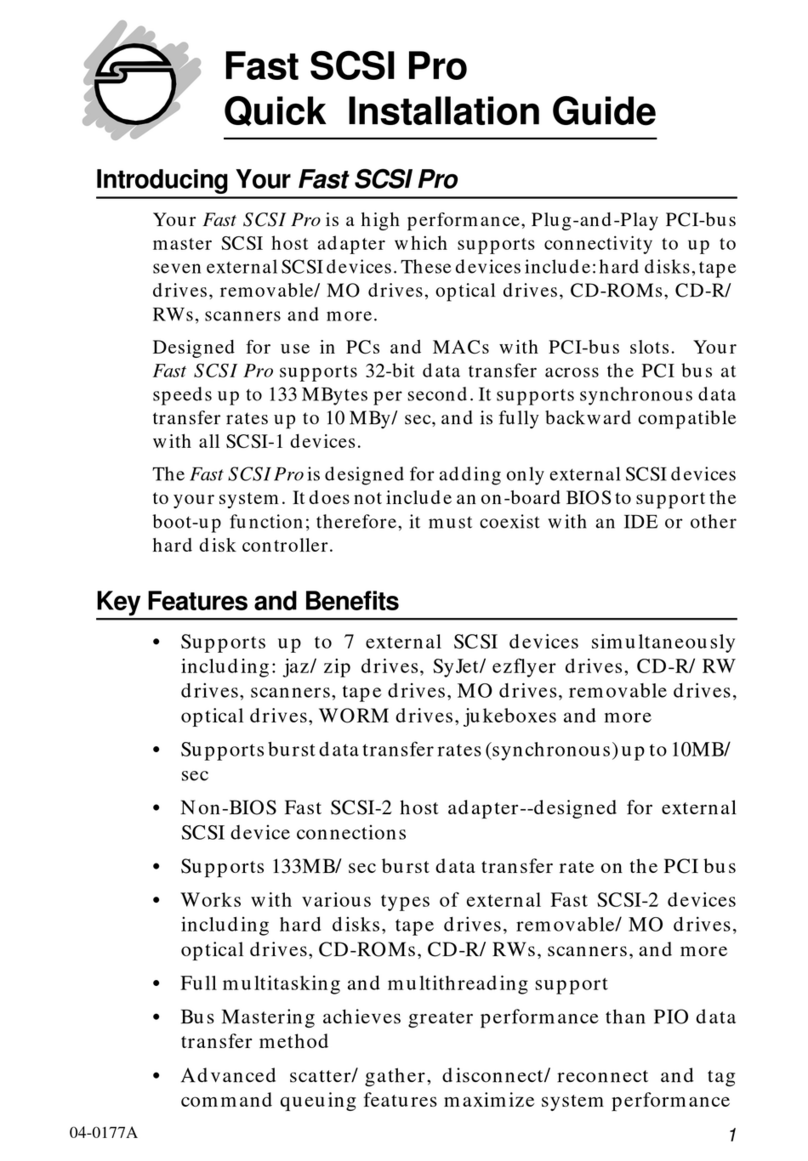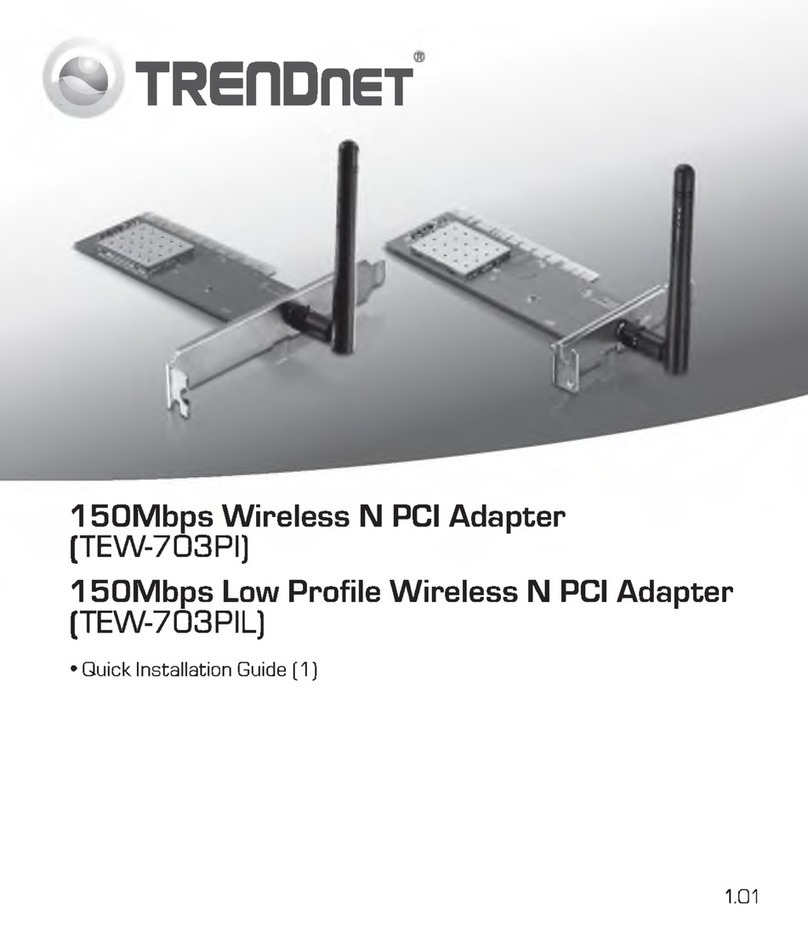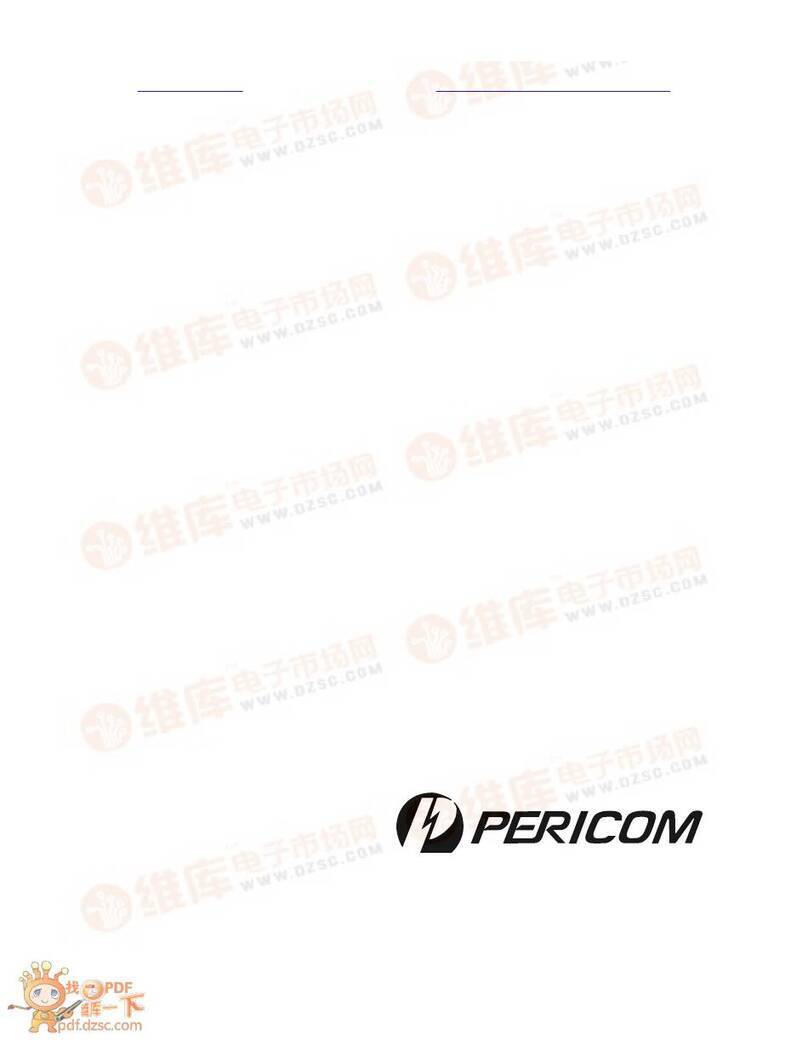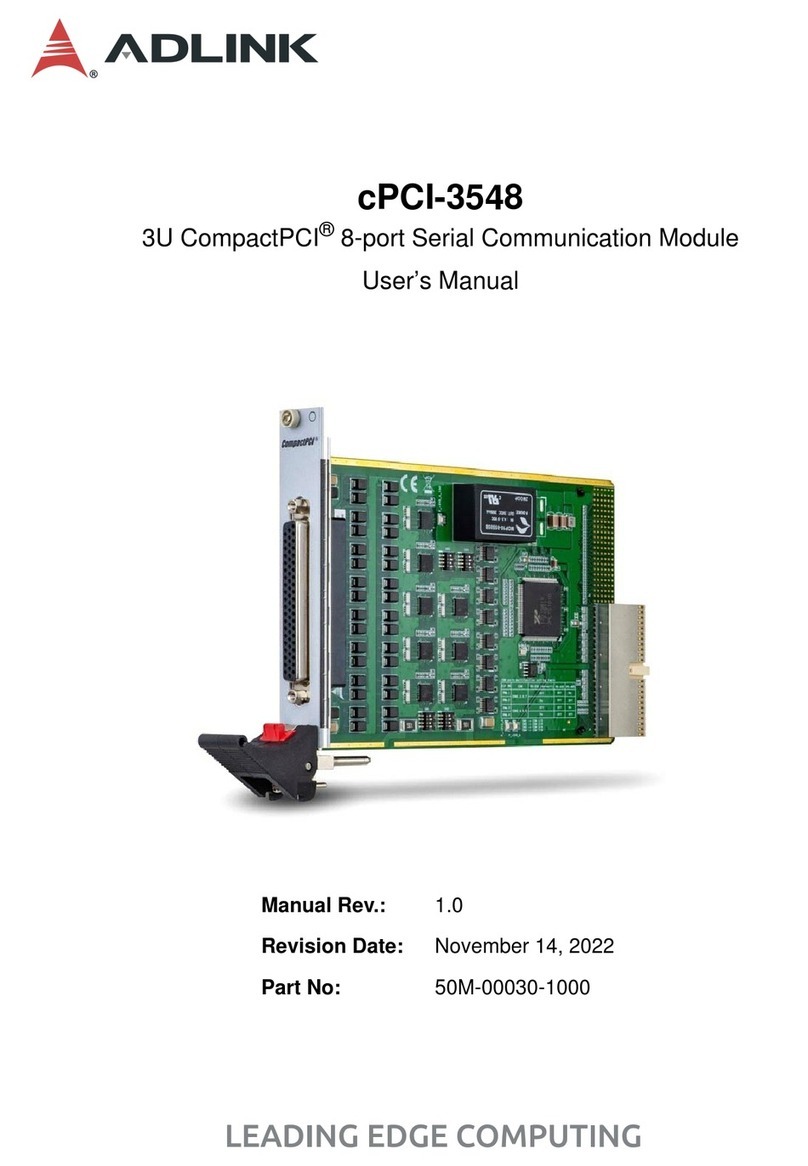
TABLE OF CONTENTS
1. INTRODUCTION...................................................................................................................................... 1-1
1.1 How to Use This Manual.......................................................................................................... 1-1
1.1.1 Purpose .................................................................................................................. 1-1
1.1.2 Scope .....................................................................................................................1-1
1.1.3 Style Conventions.................................................................................................. 1-1
1.2 Related Information.................................................................................................................. 1-2
1.3 Quality Assurance .................................................................................................................... 1-3
1.4 Technical Support..................................................................................................................... 1-4
1.5 Ordering Process ...................................................................................................................... 1-4
2. PRODUCT OVERVIEW........................................................................................................................... 2-2
2.1 Overview .................................................................................................................................. 2-2
2.2 SL240 Features......................................................................................................................... 2-3
2.2.1 SFF Media Options................................................................................................ 2-3
2.2.2 LED Descriptions .................................................................................................. 2-4
2.3 Accessories............................................................................................................................... 2-5
2.3.1 LinkXchange LX2500 Physical Layer Switch....................................................... 2-5
2.3.2 LinkXchange GLX4000 Physical Layer Switch.................................................... 2-5
2.4 Applications ............................................................................................................................. 2-6
2.4.1 Typical Digital Signal Processing (DSP) Imaging System .................................... 2-6
2.4.2 Extending FPDP .................................................................................................... 2-7
2.5 Topologies................................................................................................................................ 2-8
2.5.1 Typical Topologies ................................................................................................ 2-8
2.5.2 Point-to-point......................................................................................................... 2-8
2.5.3 Chained.................................................................................................................. 2-9
2.5.4 Single Master Ring .............................................................................................. 2-10
2.5.5 Multiple Master Ring........................................................................................... 2-11
3. INSTALLATION....................................................................................................................................... 3-1
3.1 Overview .................................................................................................................................. 3-1
3.2 Unpack the Cards ..................................................................................................................... 3-1
3.3 Inspect the Cards ...................................................................................................................... 3-1
3.3.1 SL240 CCPMC Card ............................................................................................. 3-1
3.4 Connect the Cables................................................................................................................... 3-2
3.4.1 Transmission Media............................................................................................... 3-2
3.4.2 Fiber-Optic Cables................................................................................................. 3-2
3.5 Troubleshooting........................................................................................................................ 3-3
4. OPERATION ............................................................................................................................................. 4-1
4.1 Overview .................................................................................................................................. 4-1
4.2 Theory of Operation ................................................................................................................. 4-2
4.2.1 Receive Operation ................................................................................................. 4-2
4.2.2 Transmit Operation................................................................................................ 4-2
4.2.3 Loop Operation...................................................................................................... 4-3
4.3 Data Synchronization ............................................................................................................... 4-4
4.4 Configuration Options .............................................................................................................. 4-4
4.4.1 Flow Control.......................................................................................................... 4-4
4.4.2 Loop Enable........................................................................................................... 4-4
4.4.3 Receiver/Transmitter Enable ................................................................................. 4-5
4.4.4 CRC Generation/Checking .................................................................................... 4-5
4.4.5 Stop on Link Error or /SYNC ................................................................................ 4-5
4.4.6 Receive FIFO Threshold Interrupt......................................................................... 4-5
Copyright 2006 i FibreXtreme Hardware Reference Manual
